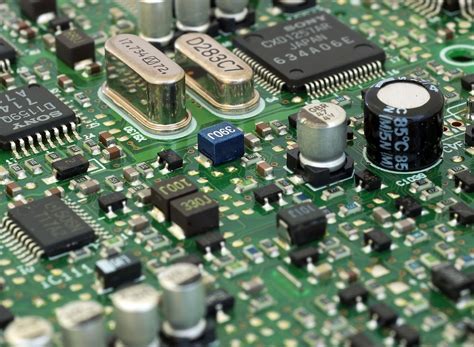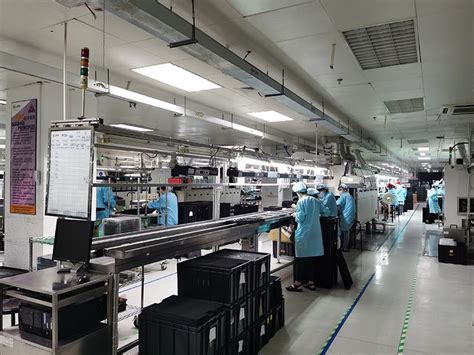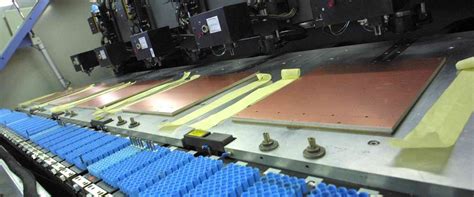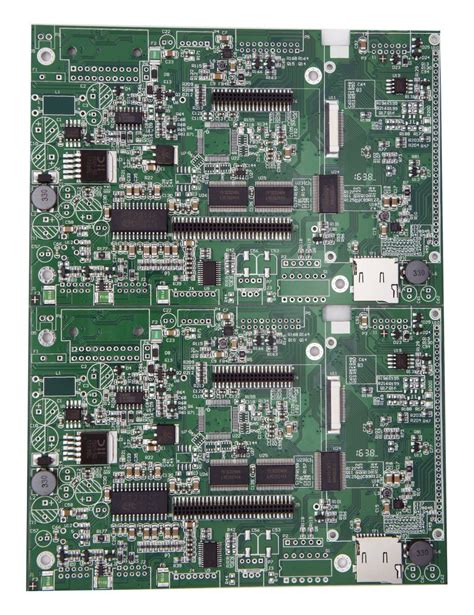PCB design process assembly technology and environmental protection
In electronic products, with the rapid increase in the use of small, light, thin and high-performance components, the status of assembly technology is becoming increasingly important, and the relationship between assembly materials and environmental protection is becoming increasingly close.
Since 1995, Freon and trichloroethyl ether, cleaning agents for assembly substrate materials, will damage the earth’s ozone layer, and they have been banned internationally.
In addition, lead (Pb) and volatile organic compounds (VOC) used for welding in the assembly process, resin series wiring boards and other assembly materials are facing environmental protection issues. In a sense, in the implementation process of specific selection of assembly materials and environmental protection, environmental protection measures in enterprise management will increase the burden on enterprises, so they are mandatory to a certain extent. Taking the fine-pitch QFP formed based on Sn-Pb welding as an example, its one-time reflow technology was completed by assembly engineering and technical personnel after several efforts. Now when it is changed to Pb-free welding, many tasks such as the composition and evaluation of new welding materials, processes and reliability need to be started from scratch.

The corresponding countermeasures for lead-free soldering include the following two aspects:
1) Development of alternative soldering agents, namely lead-free soldering;
2) Development of new assembly technologies, namely lead-free soldering processes and equipment, that are alternative soldering agents.
All this means re-evaluating the original connection technology and developing new connection technology.
Development of new assembly materials and technologies

1.Completely abolish the use of Freon
CFC (Freon) and trichloroethyl ether, cleaning agents for wiring boards used for assembly, will cause damage to the ozone layer and cause global warming. The international community has restricted their use since 1989 and banned their use in 1995. The Montreal Convention CFC Agreement stipulates that developing countries must complete the elimination of CFCs by 2005. At that time, all electronic products that use CFCs as cleaning solvents will be banned from use or export. The United States also imposes special tariffs on the import of electronic products containing CFCs or treated with CFCs.
Completely abolishing the use of Freon in assembly technology starts from the two ideas of changing the cleaning method and eliminating cleaning.
In the CFC replacement program implemented by developed countries in PCB and other related industries, the current substitute agents are HCFC (transition compounds specified in the agreement), HFC (hydrofluorocarbons), PFC (perfluoroborane), IPA (isopropyl alcohol), propanol and ethyl acetate. According to international conventions, HCFC can be used until 2020, which means that the cleaning equipment originally using CFC can still be used for a considerable period of time.
However, new research shows that although PCFC and HFC have less damage to the ozone layer, they both have a greenhouse effect, especially PCFC, which is 1,000 times that of CO2. At the international conference on preventing global warming held in Japan at the end of 1997, they were questioned again, so their replacement products, namely the third-generation CFC, are currently being rapidly developed.

2.Lead-free welding is on the agenda
In addition to the pollution caused by cleaning agents, electronic assembly also has pollution caused by heavy metals such as lead, copper, and tin. As we all know, Sn-Pb has good instant solderability and guaranteed quality. It is easy to meet the electrical, mechanical durability and reliability requirements of components. The process is simpler when switching from spray soldering to reflow soldering. However, since both tin and lead are heavy metals, there is an urgent need to re-evaluate this soldering. In Europe and the United States, restrictions on Pb used in electronic industry soldering and related taxation have been initiated. In 1994, Japan issued a standard for re-analyzing and evaluating river water quality, emphasizing that the Pb content should be controlled below 0.01 mg/l. The Japan Automobile Manufacturers Association proposed that the lead emission of automobiles should be reduced to half of the current level by 2000. Against this background, the development of lead-free soldering and flux-free connection technology in various countries around the world is very active.
People hope to develop new lead-free soldering technology that can use existing equipment and processes.
Its specific requirements are:
1) low material cost;
2) having a melting point close to that of Sn-Pb eutectic;
3) excellent electrical, mechanical and chemical properties;
4) compatible with existing processes and equipment;
5) suitable for current assembly soldering;
6) suitable for fine graphics. But unfortunately, no lead-free substitute that can fully meet the above requirements has been found so far.
At present, the development of alloys based on Sn with Ag (silver), Cu (copper), Bi (bismuth), and Zn (zinc) is very active. The melting point and cost of Sn-Ag alloy are relatively high, but it is heat-resistant and highly reliable. It has begun to be tried in European mobile phones and Japanese televisions and office automation equipment. As for Sn-Zn, since Zn is easily oxidized, the reflow must be in N2 atmosphere, and it will take some time to be practical in the atmosphere. In short, while reducing lead pollution, it is also necessary to consider the requirements of assembly for narrow spacing, and avoid the use of CFC, etc. There are still many problems to be solved in terms of materials and technology.

3.Development of flux-free connection technology
Due to the increasing miniaturization and narrow spacing of components, the limit of melting welding has been put in front of us. In order to maintain the living environment of mankind, lead-free welding is very urgent. Driven by these factors, the development of flux-free connection technology has been put on the agenda.
In fact, the wire bonding of IC chips is a flux-free connection technology, such as ultrasonic bonding (using the plasticity of aluminum and ultrasonic vibration splitter to press aluminum wire bonds to the pads of the chip and the shell) and hot pressing (using a high-temperature melting and pressurized welding method to press gold wire bonds to the pads of the chip and the shell). Originally, they were limited to the assembly of special parts, but now various ultra-fine connection methods have been developed to connect ICs to the electrodes of the surface line board.
The IC chip with gold-plated solder joints or gold wire solder balls can be directly connected to the substrate electrode by using conductive glue (Ag, Cu, etc.), and insulating resin is filled between the component and the substrate to alleviate the thermal stress caused by the different expansion coefficients of the two. Ensure the reliability of assembly. This technology has been used in the assembly of IC chips for liquid crystal displays and mobile phones. Recently, it has been reported that fine pitch connections less than 50mm have also been put into practical use. The future topic of these methods is to reduce contact resistance and expand the scope of application of assembly. In the face of severe challenges to the electronic assembly industry posed by environmental protection, flux-free connections are gaining more and more attention because they do not require cleaning and simplify the process.
4.Control the use and emission of VOCs
The overall countermeasures for controlling the use and emission of VOCs are divided into the following aspects: use VOCs in a closed or recyclable system; develop water-soluble flux, solder glue and flux-free resin, etc., to reduce the amount of VOCs; use surfactants instead of organic solvents, etc. In general, due to the variety of VOCs and their different properties, research on their control is still in its infancy.







